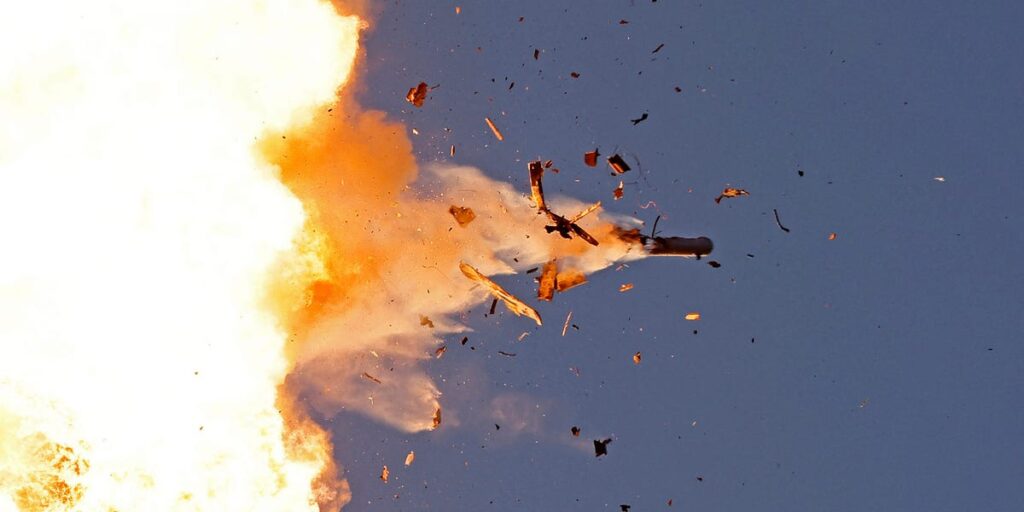Israel announced it had identified plans for a large-scale attack on its territory and launched so-called “preemptive” airstrikes against Hezbollah positions in Lebanon in the early hours of August 25.
The Israel Defense Forces (IDF) said they believed Iranian-backed Lebanese militant groups were preparing to fire missiles and rockets at Israel.
“As an act of self-defense to eliminate this threat, the IDF is striking terrorist sites in Lebanon where Hezbollah has planned attacks on Israeli civilians,” Maj. Gen. Daniel Hagari said in an update shared on X.
The Israel Defense Forces later said Hezbollah had fired more than 150 shells from Lebanon into Israeli territory.
It added that 100 Israeli Air Force fighter jets then “struck and destroyed thousands of Hezbollah rocket launchers scheduled for launch across Israel.”
Lebanese media said Hezbollah had carried out the “first phase” of a planned attack on Israel in retaliation for the killing of one of the group’s top commanders, Fouad Shukr.
The group said it had fired 320 Katyusha rockets, targeting 11 military sites, adding that the day’s operations were complete.
In response, Israeli Defense Minister Yoav Gallant declared a 48-hour state of emergency across the country.
Fears of all-out war between Israel and Hezbollah have grown in recent months.
Gallant said Sunday that Israel would seek to avoid “escalating regional tensions” and would work with the United States “to ensure Israel’s defence and regional stability.”
Israeli Prime Minister Benjamin Netanyahu later said the Israel Defense Forces had “destroyed thousands of short-range rockets.”
“This is not the end of the story,” he said, adding that “Nasrallah in Beirut and Khamenei in Tehran need to realize that this is another step towards changing the situation in the north.”
Hassan Nasrallah is Hezbollah’s secretary-general and Ali Khamenei is Iran’s supreme leader.



